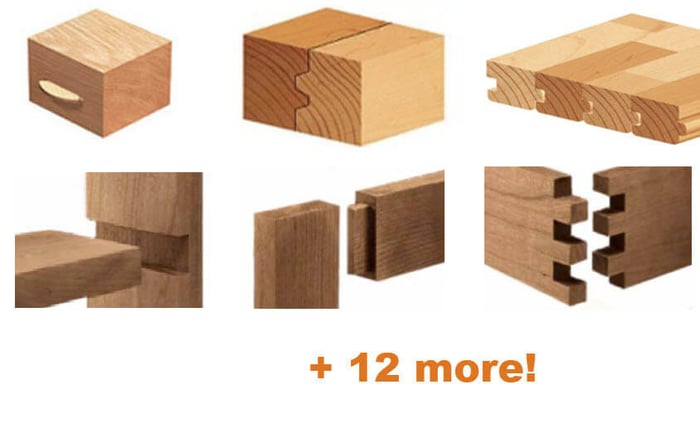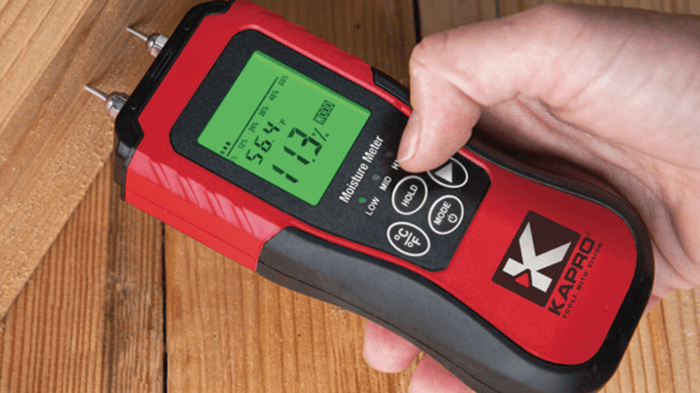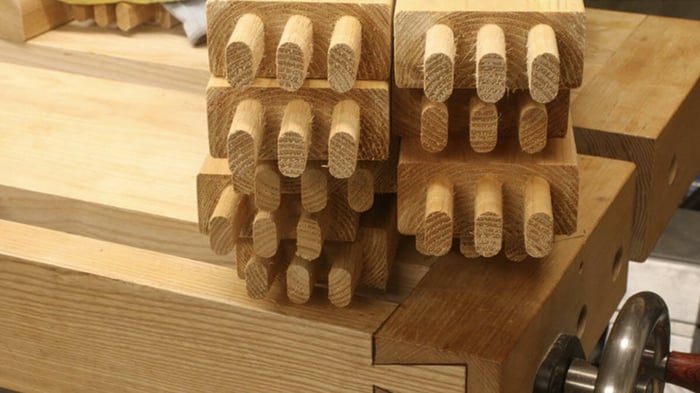
Achieve Flawless Mortise and Tenon Joints with Router Bits
Mortise and tenon joints are essential in woodworking, known for their strength and durability. Using a router enhances both accuracy and efficiency in creating these joints. This article covers setup instructions, techniques for flawless results, and troubleshooting tips for woodworkers of all levels.
What are Mortise and Tenon Joints?
Mortise and tenon joints involve a rectangular hole (mortise) in one piece of wood, allowing a corresponding protrusion (tenon) from another piece to fit snugly. This method ensures stability and flexibility in construction, making it a preferred choice among skilled artisans.
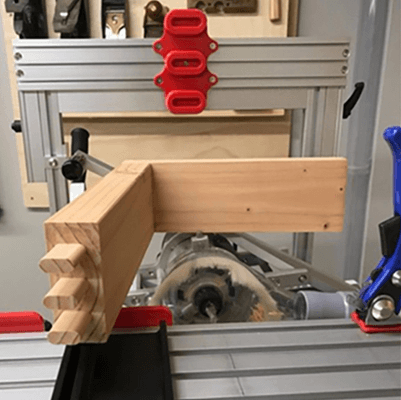 The Triple Mortise and Tenon Template makes three evenly spaced mortises and tenons using the same template and setup.
The Triple Mortise and Tenon Template makes three evenly spaced mortises and tenons using the same template and setup.Benefits of Using a Router for Mortise and Tenon Joints
Routers improve accuracy and efficiency, allowing for clean, consistent cuts. Adjusting depth and feed speed makes them suitable for various wood species, resulting in strong joints capable of withstanding tension. Incorporating router techniques elevates craftsmanship and design.
Router Setup for Mortise and Tenon Joints
Proper router setup is vital for achieving perfect mortise & tenon joints. Selecting the right router and bits tailored to your needs directly affects the quality of your work.
Choosing the Right Router and Bits
Different router bits serve specific purposes. Choosing the right ones based on the wood species—sharper bits for hardwoods like oak, and standard bits for softer woods—is crucial for efficiency and accuracy.
Setting Up the Router Table
Ensure your router table is well-organized for safe and precise routing. Secure clamps and adjust your router for appropriate depth and feed rate. Always use push blocks for safety, and maintain a tidy workspace to enhance workflow.
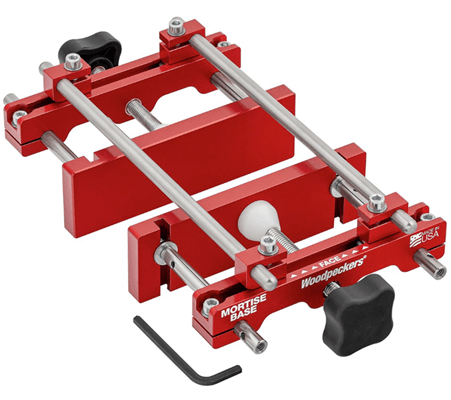 Woodpeckers Mortise Base uses the guide rod attachment points of your plunge router to mount a fully adjustable fence on both sides of your material.
Woodpeckers Mortise Base uses the guide rod attachment points of your plunge router to mount a fully adjustable fence on both sides of your material.Techniques for Creating Perfect Mortise and Tenon Joints
Follow step-by-step instructions for creating strong mortise & tenon joints. Start by gathering tools and marking dimensions accurately. Secure pieces with clamps to prevent movement during cutting, and use a chisel or router for mortises.
Troubleshooting Common Issues
Misaligned joints or loose fittings can compromise strength. Assess the joint for issues and apply wood glue with proper clamping techniques to restore integrity. Clean any old glue before reassembling for a strong bond.
Advanced Router Techniques
Advanced techniques, like using templates and jigs, can enhance precision and efficiency. These tools help maintain consistent dimensions, making complex designs achievable. By exploring different joinery methods, woodworkers can create unique, functional, and aesthetically pleasing projects.
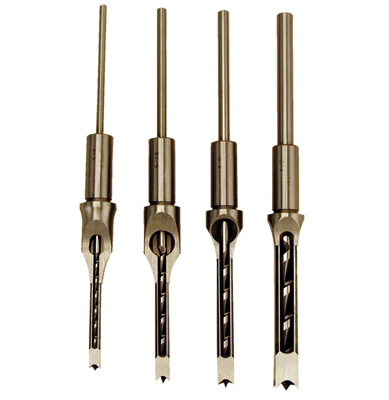 premium hollow chisel and bit sets are machined from solid bars of the finest carbon steel. They have one cutting edge, one spur and a brad point for superior performance, making consistently clean and truly square cuts.
premium hollow chisel and bit sets are machined from solid bars of the finest carbon steel. They have one cutting edge, one spur and a brad point for superior performance, making consistently clean and truly square cuts.Frequently Asked Questions
What are basic router techniques for mortise & tenon joints?
Key techniques include using a plunge router, adjusting depth of cut, and utilizing a guide or template for accuracy.
Why use a plunge router?
A plunge router allows precise, controlled cutting, making it easier to create accurate mortises and tenons.
How do you set the depth of cut?
Adjust the router bit up or down, measuring and marking the desired depth beforehand.
What is the importance of using a guide or template?
A guide or template ensures precise, consistent cuts, preventing mistakes and improving joint fit.
Can a handheld router be used?
Yes, but a router table or jig enhances accuracy.
What other factors should be considered?
Select the right router bit for the wood type and ensure the router is securely mounted during cutting.



